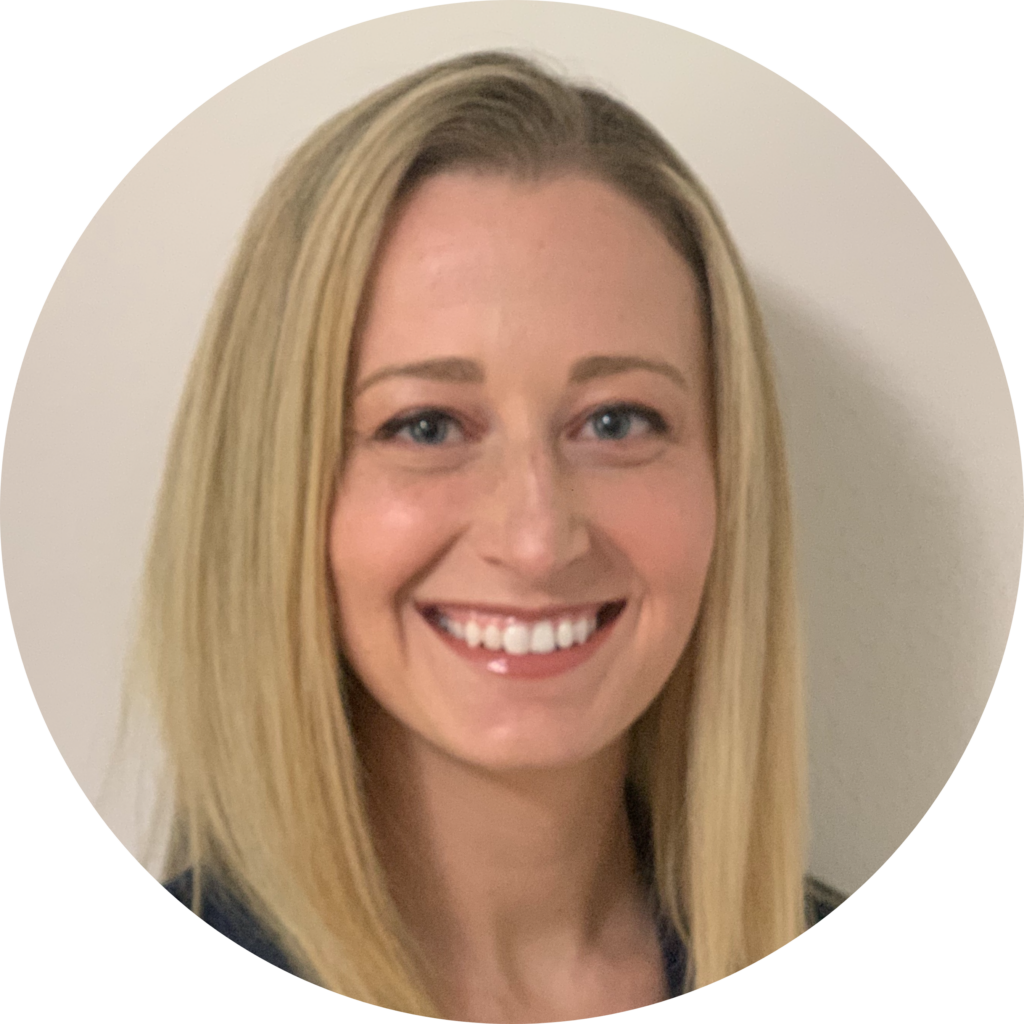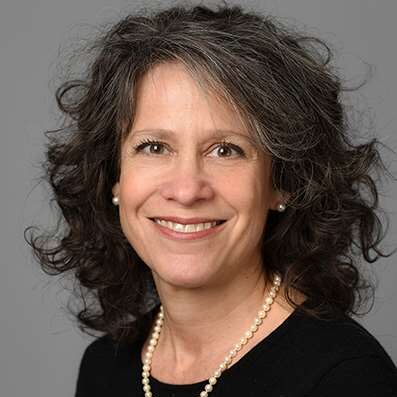A&C Health Recognized for Positive Community Impact
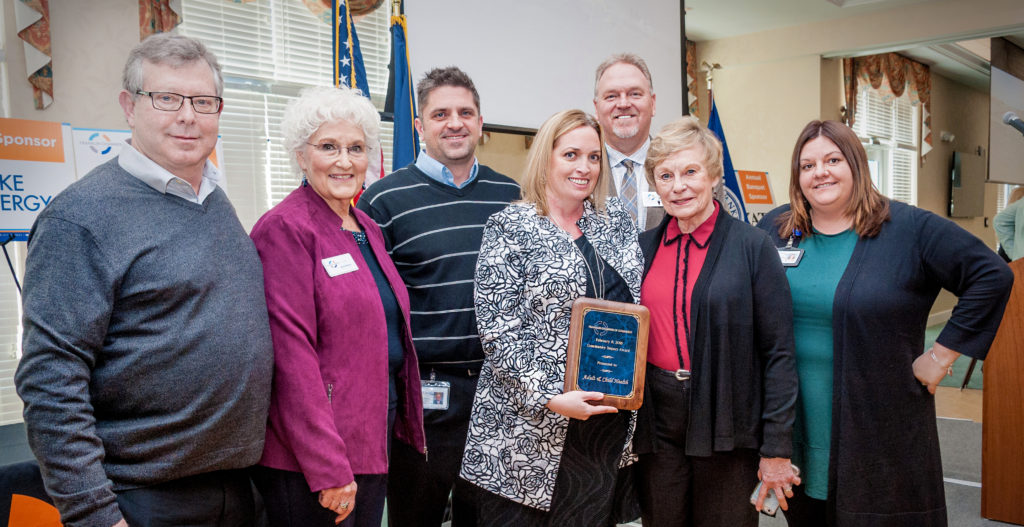
Adult and Child Health was honored to be chosen for the Franklin Chamber of Commerce Community Impact Award during their February 8, 2018 Awards Banquet. Each year, this award highlights a business organization whose success positively impacts the community’s economy and the quality of life for Franklin residents. As a nonprofit provider of primary care, child welfare, mental health, and addictions services, A&C’s programs contribute to the overall health of Franklin residents. The organization participates in a wide range of community health and wellness initiatives such as The Partnership for a Healthier Johnson County, the United Way “No Place to Call Home” program, and the Johnson County Systems of Care Collaborative. Adult & Child’s clinical teams based in Franklin schools provide prevention, early intervention, and mental health services to thousands of students each year. Social services such as A&C’s therapeutic foster care program, family preservation program, and services for court-ordered youth bring stability and opportunities for recovery to youth involved with the child welfare and/or the judicial system. In 2017 A&C also expanded mental health, substance use, and psychiatric services for adults creating improved access and greater options for Franklin needing services. Venturing into the arena of primary care in 2016, Adult and Child chose to build one of their two first-ever family medicine clinics in Franklin’s Northwood Plaza. In addition to supporting local business growth, the Northwood clinic increases access to affordable medical care for all Franklin residents, especially low-income and uninsured individuals, including those experiencing both behavioral health and physical health care needs. As Chamber member and local employer, Adult and Child’s health and social services expansion has brought significant job growth and commerce to the community. With over 100 staff employed in the Franklin area schools and clinics, A&C’s Franklin based staff account for $5,693,885 in annual salaries and benefits in Franklin’s economy. “It’s a pleasure to have been chosen for this award, said Tara Elsner, Director of Outpatient Services. We’re dedicated to continuing to grow the footprint we have in Franklin and be there when people need us”. Adult & Child Health is a leading provider of behavioral health, child welfare, and primary care services in central Indiana. For more information about Adult & Child, please contact Dan Arens, Chief Strategy Officer, at 317-882-5122 or darens@adultandchild.org.
Genoa Pharmacy: A&C’s Partner in Meds

Walking into the little pharmacy operating out of our 8320 Madison Avenue location, you immediately feel a shift in the workday tempo. This team is a hive mind, buzzing around the office in a way that seems chaotic at first, but settle in and there’s a rhythm, ticked off by the clatter of pills into plastic cups and the ring of telephones, the constant communication that flows from one person to the next to the next. When Genoa first partnered with A&C almost exactly ten years ago, they were a modest company, but today they’ve grown to 400 pharmacies in 44 different states with a thriving telepsychiatry business to top it off. Talking with Pharmacist Brad Goedeker about how Genoa’s growth alongside Adult and Child, you get the sense that this team leads with heart. That their clients are what matters most to them. He speaks passionately about their mission to innovate new ways to serve A&C’s unique client base. They pack months worth of meds into med tubs for people with limited mobility or transportation, they use A&C’s courier service and often ship meds to clients’ front doors, they synchronize meds: grouping pills by day in dated, small packs bound into long ribbons. They will sometimes help clients enroll for insurance and/or act as a client’s advocate in med-related insurance matters. “Anything extra we can do to make sure they don’t miss something. We’re constantly trying to think of new ways to achieve that,” said Brad. “It’s like, if you can come up with it, we’ll put it together if we can create better positive attitudes and have folks think highly of us.” “We’re always trying to avoid anybody having to change their regimen because whatever drug becomes unavailable. It happened this week with Invega brand name tablets, we identified that we had one client that has to take brand Invega, six milligrams, because his insurance prefers brand versus generic. Well, it’s not available now for three weeks, you can’t get it. Well, I was able to secure that from a Genoa pharmacy in Illinois that did not need it, and we had them ship it directly to us from their supply. So, this client is not going to miss a dose and he doesn’t have to change his meds. So, that’s a big win. We pride ourselves on that kind of stuff.” In this way, they seem like the perfect partner for A&C, always innovating & collaborating, asking what more they can do to serve the client in front of them.
Adult & Child Health Services Awarded Federal Qualified Health Center Look Alike Status
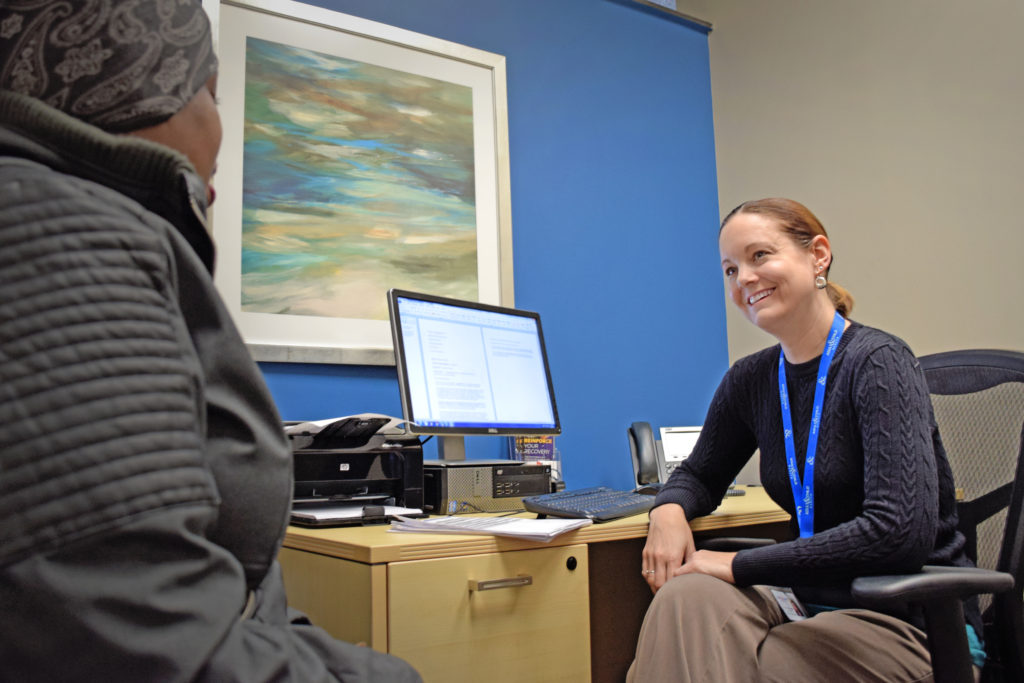
Adult and Child Health of central Indiana has announced an award from the United States Department of Health and Human Services. Adult and Child Health’s primary care clinics have received designation as a Federal Qualified Health Center (FQHC) Look A Like program. Under the Health Resources and Services Administration (HRSA), federally designated health centers ensure access to health care for underserved communities and vulnerable populations, regardless of a patient‘s ability to pay. A long-term provider of mental health, addictions, and child welfare services, Adult and Child is a newcomer to primary care services. Achieving federal designation for primary care allows Adult and Child to better serve the needs of communities by joining primary care, mental health, and addictions services into a single integrated healthcare model. With two designated primary care sites in Indianapolis and Franklin, and a primary care collaboration with Jane Pauley Community Health in Greenwood, Adult and Child Health has three federally qualified community health centers operating in the Indianapolis region. “Healthcare can no longer afford fragmented and separate physical and behavioral health treatment.” said Allen Brown, CEO. “Our patients’ physical and mental health certainly aren’t separated. Adding primary care and enhanced funding through federal designation means A&C will have a sustainable model for unified, comprehensive, whole health services.” Through existing Community Mental Health Center and Licensed Child Placement Agency services, Adult and Child’s mental health, addictions and child welfare programs serve 11,000 unique patients per year, but many of those persons face difficulties accessing primary care. After implementing primary care services in early 2017, Adult and Child provided over 4,500 medical visits to medically underserved individuals. At the Indianapolis community health clinic on Ohio Street, Director of Adult Psychiatry Dr. Christine Negendank sees firsthand the benefits of integrating primary and psychiatric care. “At the downtown clinic we often see patients impacted by mental illness, poverty, substance dependence, and homelessness” said Dr. Negendank. “Our patients typically also have significant physical health issues, but referring these high needs patients to outside clinics presents barriers to optimal care. Having psychiatry and primary care working side-by-side increases access to both systems and provides better outcomes for our patients.” For further information about Adult and Child services please contact Dan Arens, Chief Strategy Officer at darens@adultandchild.org or 877.882.5122.
Spotlight on: Therapeutic Foster Care
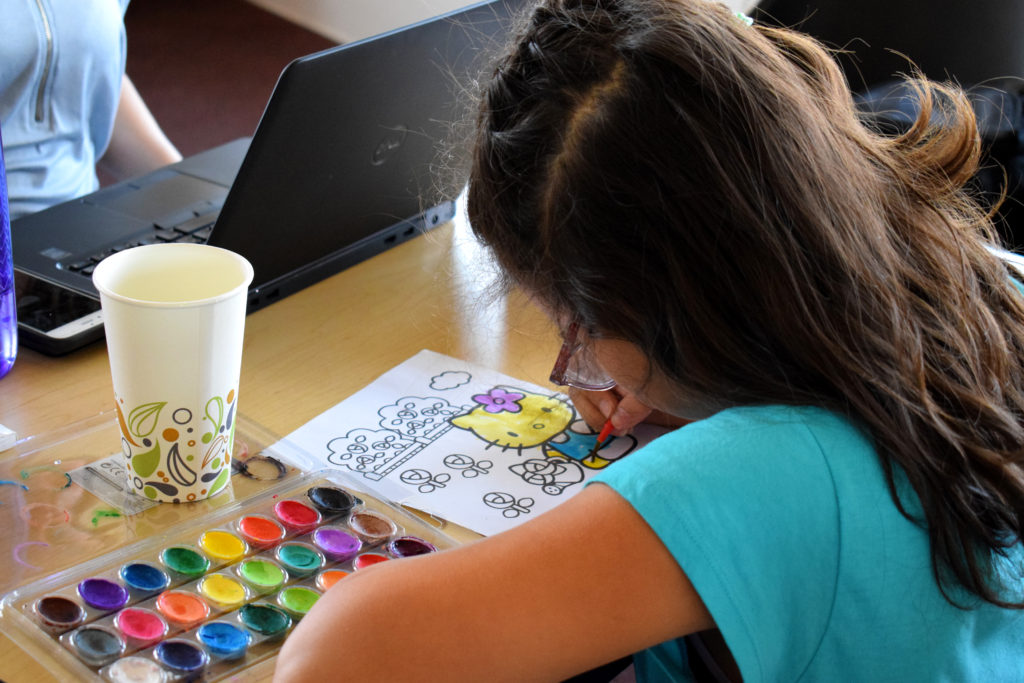
In the wide scope of Adult and Child, at times it can seem that the Therapeutic Foster Care team exists its own bubble. The team has a separate brand and a separate website and answers to an outside entity (DCS). But in reality, foster care is deeply intertwined with several other service lines, from home-based services working with biological families to primary care looking after children’s medical needs. Housed on the seventh floor of 603 E Washington St, the TFC team is fortunate to have such easy access to various other A&C service lines. In Indianapolis, there are around eight foster care agencies, but Adult & Child is the most comprehensive. “Most agencies have to refer out for services, but A&C can literally take care of all that under the same roof,” said Alicia Harding, a TFC team leader. This type of open communication is often a resource for getting quick answers to questions or being able to streamline care for children with trauma and/or other health problems. The integrated care aspect and novelty of child therapy can be a draw for prospective foster parents looking for a support system when embracing such a challenging role. TFC is always working to keep its foster parents afloat in uncertain waters. “As an agency we really are striving to support and work with foster parents in an ongoing process, to work hand in hand for the benefit of the child,” said Amanda Vipperman, licensing specialist and team leader. Amanda also keeps track of much of the data on how many foster parents are coming into the agency. Currently, there is an average of 10 new inquiries a month from prospective foster parents and an average of two certifications per month. Alicia Harding commented on the disparity of these numbers: “It is a long process and it feels very invasive at times… You do feel vulnerable throughout the process and I don’t think a lot of people like to feel vulnerable.” In this process, foster parents must go through background checks and be prepared to discuss in great detail: their finances, their home life, their relationship, etc. It also takes a lot of effort and time to become a licensed foster parent. The entire paperwork and interviewing process alone takes roughly 20 hours. But at its heart, all these hurdles are in place to make absolutely sure that the home is a stable and safe environment for children. Through the process, the TFC team tries very hard to make sure prospective foster parents feel comfortable and supported in an attempt to keep them moving toward their goal. “There is a huge, huge need for foster parents right now for kids in our community,” said team leader Jodi Kelley, referencing the fact that there are currently more foster kids than there are homes to put them in. There has been a push from the agency to spread this message and to encourage people in the community to reach out for more information if they have ever considered fostering. Being a foster parent can be a wonderful and life-enriching experience for many, but there are darker realities that prospective parents should prepare for when looking into the process. Many people come to fostering with the desire to give back and help a child, “but what they don’t realize is that it takes a lot of working with what feels like a broken system,” said Alicia. “And it’s never going to be a perfect system when you take a child and traumatize them further by removing them from the only home they know.” She noted that to make the best of it and stay positive, foster parents must also practice self-care and to not take themselves too seriously. She notes that foster care looks different for everyone and it’s so important to be adaptable. “It’s hitting a moving target always, but it can definitely be done.” More info on A&C’s foster care program at indyfostercare.org.


